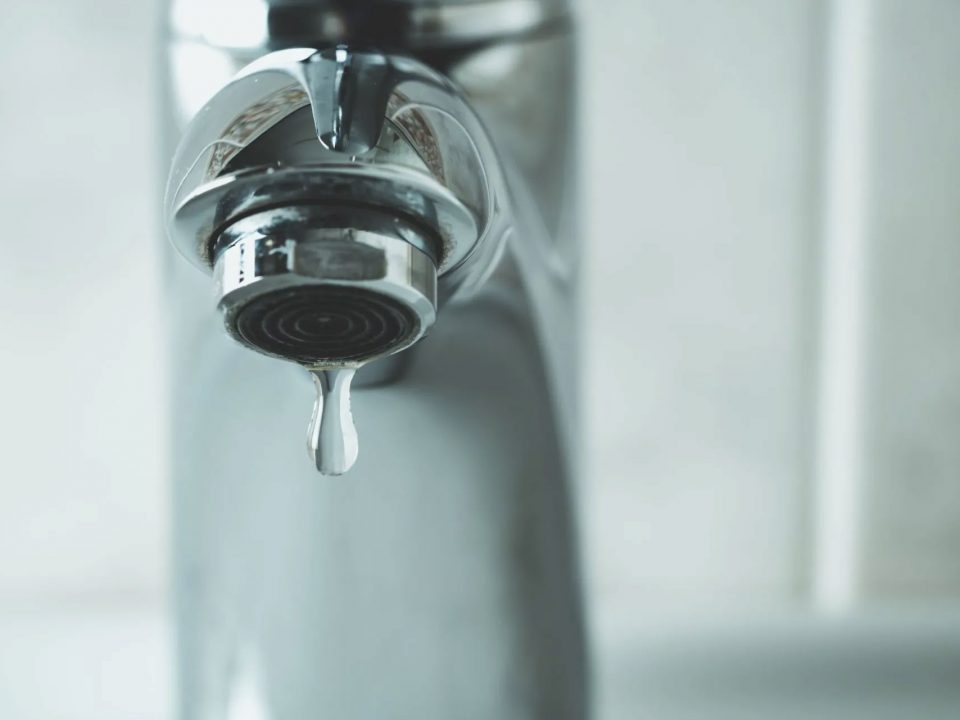Is It Time To Upgrade To A Tankless Water Heater?
It’s hard to imagine life without water. We drink it, bathe in it, and are literally made up of it—water is an essential and daily part of our lives. Not only is access to water important, but the quality and temperature of your water are crucial as well. A water heater solves most of these issues—but what happens when your hot water supply is not consistent and seemingly troublesome? It may be time to consider upgrading to a tankless water heater. But what is a tankless water heater, and how does it work? Here’s everything you need to know, and whether or not if it’s time to upgrade. Follow along with Joe the Plumber to learn more.
The Difference Between A Tankless and Tank Water Heater
There are two types of water heaters—tank and tankless. A tank water heater is the most common type of water heater and is the traditional one in most homes across the U.S. The tank is large and takes up a significant amount of space wherever it is installed. The tanks work by filling up with water and maintaining the temperature and water amount throughout the day. Tankless water heaters do not take up much space because it doesn’t hold or collect water like a traditional water heater. Instead, it immediately heats the water upon use that passes through the heater using gas or electricity. This process can provide a constant stream of hot water without the worry of it running out or taking time to heat up. This differs greatly from traditional huge water heaters as the storage tank of hot water can deplete and requires you to wait for it to fill and warm up.
The Advantages of a Tankless Water Heater
There are other perks besides a seemingly endless supply of hot water for tankless water heaters. For one, they require a lot less space than the bulky tank heater. Most tank water heaters have a storage capacity of between 30 to 50 gallons, requiring them to be installed in garages, attics, or walls. This isn’t an issue for tankless water heaters, as they are the size of a typical iPad, which makes them ideal solutions for homes with limited amounts of space.
Another advantage of a tankless water heater is the energy efficiency. Traditional tank water heaters use energy around the clock to keep the water tank hot and full. Tankless water heaters, on the other hand, only use energy when the water is being used. The heater heats water the instant the water is turned on and shuts off as soon as the water is turned off. Not only is this eco-friendly, but this saves you money on energy bills each month—according to the U.S. Department of Energy, the process of heating water takes up approximately 30% of your energy bill. Not only will you save space, but you can save money, too.
The Cons of a Tankless Water Heater
Nothing is perfect—that includes water heaters, as well. Although tankless water heaters certainly have their perks, there are some downsides. Since tankless water heaters use gas and electricity to work and do not have any extra storage, they are unable to generate hot water during a power outage. A tank water heater will be able to provide some hot water because it has a storage tank but won’t be able to generate more hot water once the tank is empty and if the power outage remains.
Another con is the risk of device failure due to mineral build-up from hard water. Hard water is water with a considerable amount of calcium and magnesium minerals that create soap scum and limestone deposits. Soap scum and mineral build-up are not only bothersome (you’ll need to use more soap and clean spots up more often) but can also cause clogs in pipes and devices, such as water heaters. It’s crucial to perform monthly maintenance on tankless water heaters to prevent mechanical failure and ensure peak performance and longevity.
How to Know It’s Time to Upgrade
Now knowing about both types of water heaters, how do you tell when it’s time to upgrade? One sign is your home is almost always running out of hot water. If you own a tank water heater and your bathtub can’t fill up completely with hot water, it may be time to upgrade to tankless. No more worrying about if your tank has filled and heated up; your water is made hot when you need it. Another upgrade indication is scalding hot water. When water is repeatedly used from the tank, it causes a flush of cold water to sit at the bottom, falsely tricking the water heater into heating up the water even more. This causes the water at the bottom to heat up, including the already hot water towards the top of the tank. This process is called thermal stacking, and the result can be rather harsh on your skin.
Hire A Plumber To Do The Job!
Hot water is no joke. If your water heater has been giving you problems, it may be time to call a professional to fix it. For over twenty years, Joe The Plumber is proud to lead the Cypress area in all things plumbing. From water tanks to filtration, to inspections, Joe The Plumber does it all. To schedule a free consultation, or for any questions, please visit our website!








